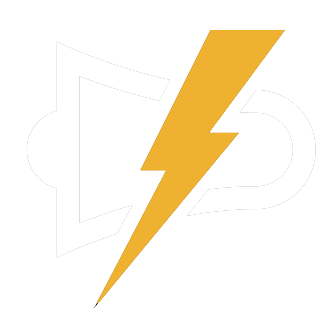
In the midst of the political crisis in Belarus, as well as the war unleashed by Russia against Ukraine, the mood in the Belarusian society is especially polarized. Among others, the research of the views of young people, the most active and mobile group of the population, is of particular interest.
As part of our common activities, Youth Bloc Research Group, together with the blog "Low Theory", conducted its own pilot sociological study in order to find out what the generation, which has lived all or almost all of its conscious life under the rule of Lukashenka, is like.
As part of our common activities, Youth Bloc Research Group, together with the blog "Low Theory", conducted its own pilot sociological study in order to find out what the generation, which has lived all or almost all of its conscious life under the rule of Lukashenka, is like.
Sample size: 801 respondents (margin of error is 3.5% with 95% confidence interval).
Recruitment
Method
Method
Target
Group
Group
Online survey by self-filling the questionnaire.
Recruiting respondents through advertising on social networks (VK, OK, TikTok, FB, IG).
Recruiting respondents through advertising on social networks (VK, OK, TikTok, FB, IG).
The sample represents Belarusian youth (18-35 years old) who use the Internet.
Research
Period
Period
Survey period:
April 16 – May 5 2022.
April 16 – May 5 2022.
Sample
Size
Size
Due to the above-mentioned features of representativeness and the specifics of recruiting, poorly educated and rural youth groups are underrepresented in the sample. That’s why the data may be skewed towards protest sentiments. Comparison with the results of the other studies on the views of Belarusians suggests that this bias may be about 15%.
Nevertheless, the collected data allow us, to a certain extent, to speak about predominance in the moods of the target group. Youth Bloc Research Group will continue to work on new researches, taking into account the experience of this study.
Nevertheless, the collected data allow us, to a certain extent, to speak about predominance in the moods of the target group. Youth Bloc Research Group will continue to work on new researches, taking into account the experience of this study.

Main Conclusions:
- 1Attitudes Towards Institutions and Youth Issues:
- Among Belarusian youth, 17% say that they support current government, when 82% support protest movement.
- As relevant issues, the majority notes non-observance of human rights, unfair elections and political persecutions. These issues are in priority according to the opponents of the authorities, while among the supporters economic issues are considered to be more important.
- 2Political Awareness and Engagement:
- The most well-known leaders are Aliaksandar Lukashenka, Sviatlana Tsikhanouskaya, Viktar Babaryka and Siarhei Tsikhanouski. The most well-known organizations are BRSM (Belarusian Republican Youth Union), Sviatlana Tsikhanouskaya’s Office and Coordination Council. The most well-known independent youth organizations are Youth Bloc and Belarusian Students' Association.
- Almost everyone (90%) participated in the presidential elections in 2020. Up to one third of responders participated in the last local elections and the supporters of the government were more active than the opponents. About 30% of young people had an experience of being activists or volunteers of non-profit organizations.
- 69% of youth declare willingness to participate in politics and identify themselves as the opponents of the government. Demonstrations and pickets are often cited as an acceptable means of participation. Petitions are more favorable among the supporters of the authorities and less politically active young people.
- 3Values and Political Ideologies:
- The value profile is predominated by the specific youth attributes, such as: financial independence, relationship with a partner, education, responsibility. The supporters of the government more often note the importance of family values, less often – civil values.
- The ideological profile of young people is predominated by democratic views, thus, among the supporters of the government — authoritarian.
- 4International Politics:
- The largest part of youth (42%) thinks that the Intermarium (possible union of countries in Central-Eastern Europe) is the most appealing union for Belarus. The greatest level of negativity and distrust is towards Russia and international organizations associated with it.
- In relation to the current war, the attitude towards military and political neutrality prevails.










Full Data of the Research:
The mentioned above is only a part of the received data. Using the links below, you can see the full results of the study, both in the form of an analytical presentation and in the form of sheets (only Russian version, with a link to the original data array):

Any Questions Left?


